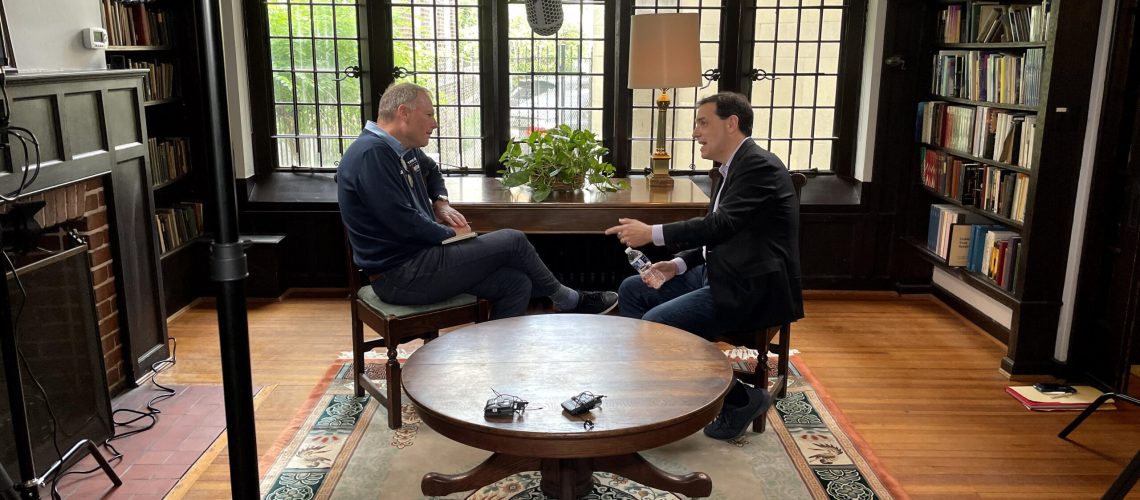You have an amazing story to tell. Your subject is passionate, knowledgeable, and ready to talk. You hit record, and they launch into a fascinating, detailed account of their journey. It’s all great content. The problem? Your final video needs to be under 10 minutes, and you can’t use the interviewee’s 20-minute rambling of their entire life story from childhood.
This is one of the most common challenges in video production. In a world of short attention spans, the goal is to create content that is concise, engaging, and impactful. The key isn’t just in the editing suite; it starts with the interview questions you ask.
A great interview isn’t about capturing every single detail; it’s about guiding your subject to the core of their message. You want to extract the “soundbites”—those powerful, memorable mic drop statements that connect with an audience. Here are our top tips for crafting interview questions that generate gold.
1. Avoid Questions That Result in a “Yes” or “No”
The quickest way to stall an interview is to ask a question that can be answered with a single word. These are conversation enders.
- Instead of: “Was this project a challenge?”
- Try: “What was the single biggest challenge you faced during this project, and how did you overcome it?”
The second question prompts a story with a conflict and a resolution, which is far more compelling.
2. Ask About Feelings and Emotions
Facts inform, but emotions connect. Your audience will remember how a story made them feel long after they forget the specific data points. Tapping into the emotional core of a story makes it relatable and memorable.
- Instead of: “What were the results of the product launch?”
- Try: “Walk me through the moment you launched the product. How did that feel?”
- Or try: “What part of this project are you most proud of?”
3. Use Story-Prompting Phrasing
Everyone understands stories. Frame your questions in a way that encourages a narrative structure (a beginning, a middle, and an end).
- “Tell me about a specific time when…”
- “Describe the moment you realized…”
- “Can you give me an example of…?”
These questions invite your subject to share a specific, concise anecdote rather than a broad, generalized overview.
4. Ask for the “One Thing”
This is a powerful technique to force conciseness and distill a message down to its essence. It’s perfect for getting a summary statement or a concluding thought.
- “If the audience could only remember one thing from our conversation, what would you want it to be?”
- “What is the single most important piece of advice you have for someone in your position?”
5. Start Broad, Then Get Specific
It’s helpful to let the interviewee settle in with a broad opening question. But once they are comfortable, your follow-up questions should zoom in on the details you need.
- Opener: “Tell me a little bit about the history of your company.”
- Follow-up: “That’s fascinating. What was the specific turning point when you knew the company was going to be a success?”
This allows them to give the big picture first, but your specific follow-up is what will likely make it into the final cut.
6. The “In a Nutshell” Follow-Up
Sometimes your interviewee will give a long, technical, or complex explanation. It might be accurate, but it won’t work for a short video. Don’t be afraid to ask for a simpler version.
- “That’s a great explanation. For someone completely new to this, how would you describe that in just one or two sentences?”
- “So, in a nutshell, what does that mean for your customers?”
The Bottom Line
Conducting an interview for video is a unique skill. It’s a guided conversation designed to unearth the most compelling parts of a story in a format that works for the medium. By asking strategic, thoughtful questions, you not only make the editing process easier but also do a better service to your subject by helping them communicate their message with clarity and impact.



